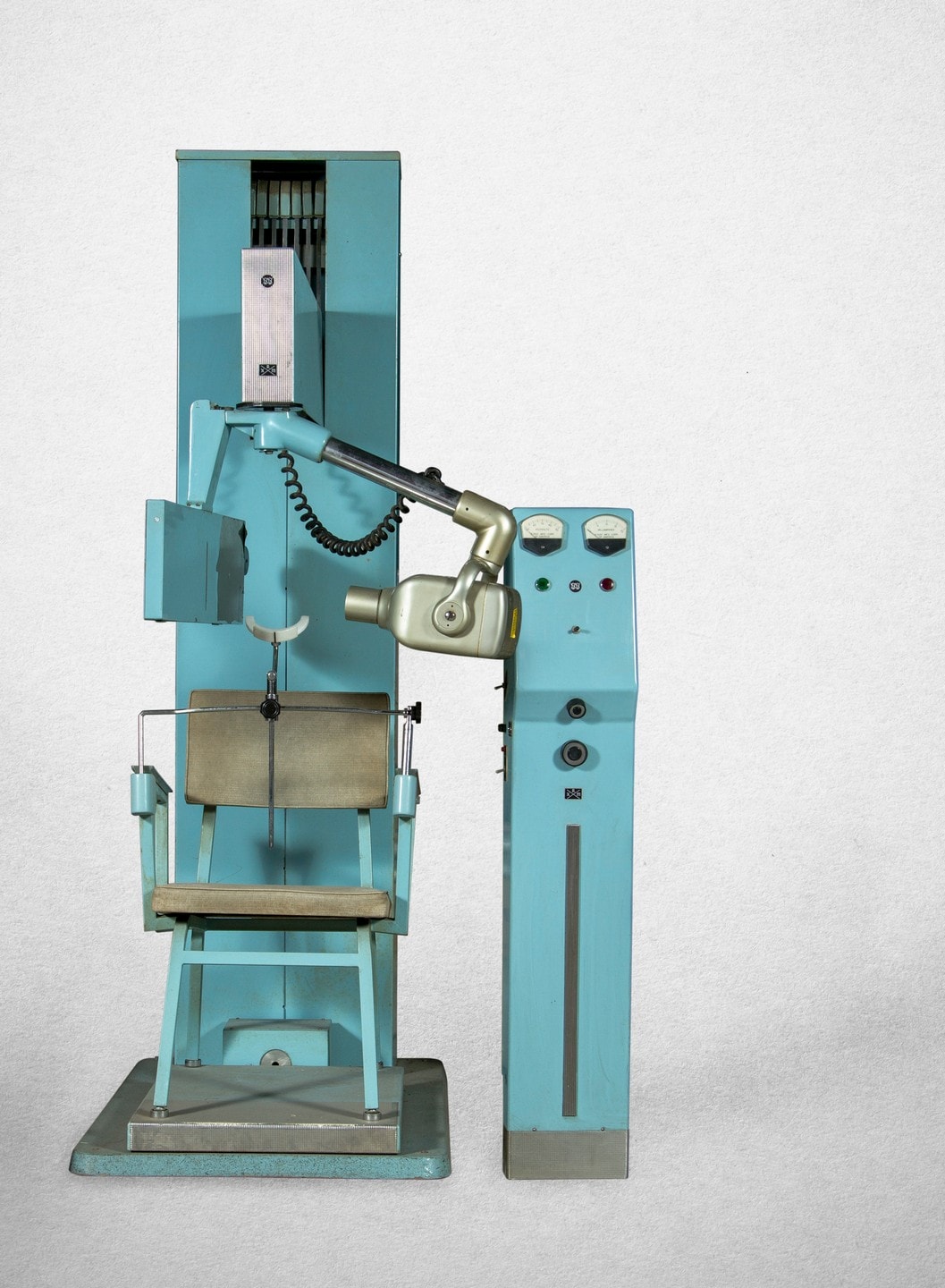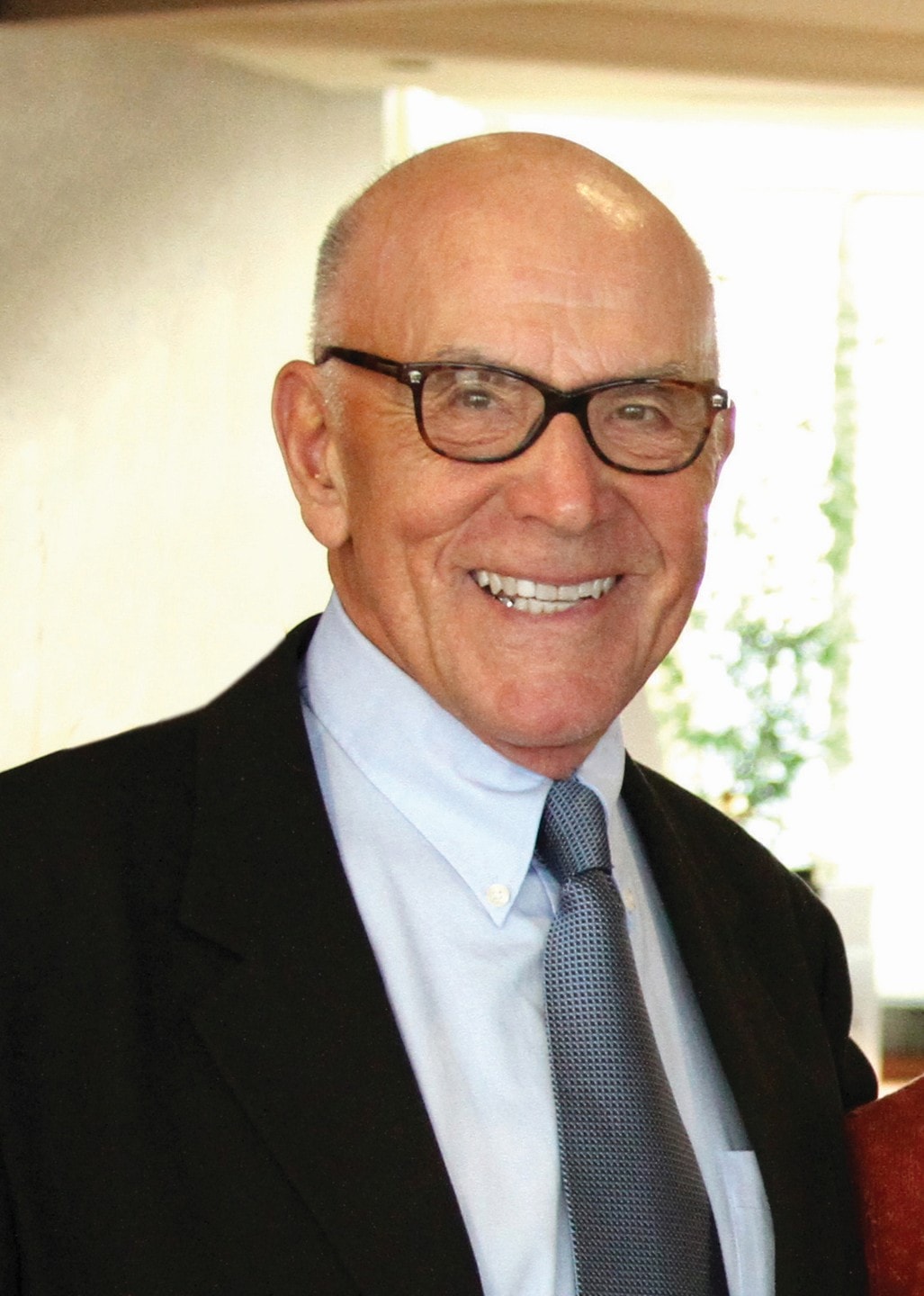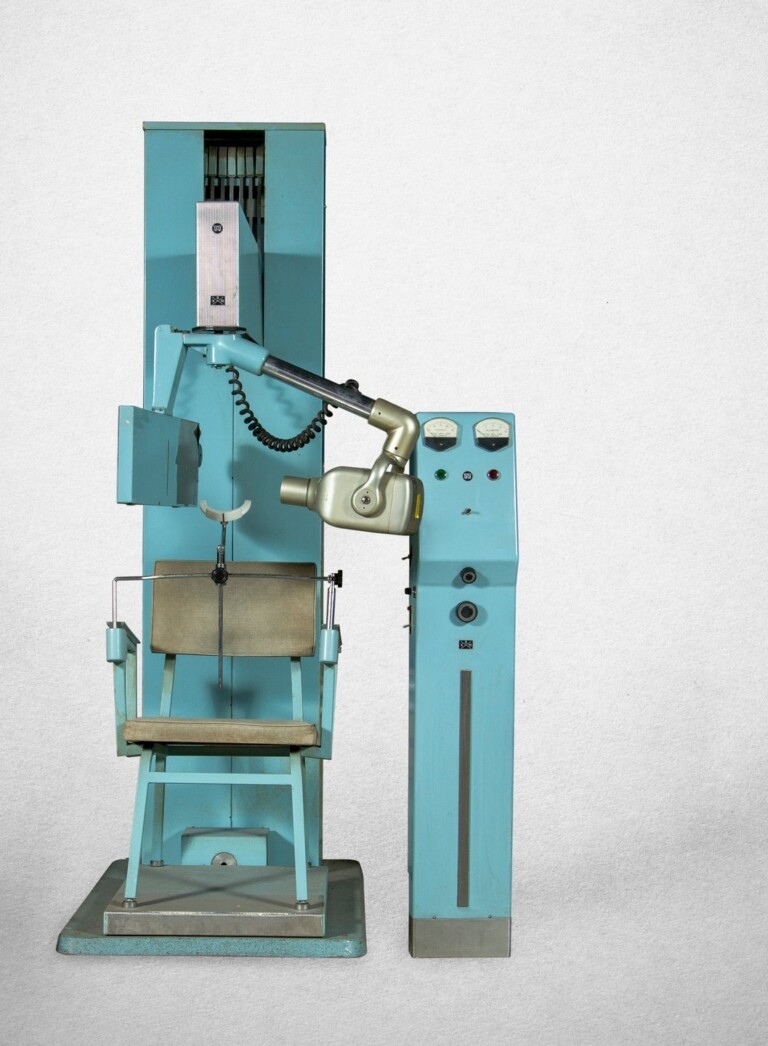
It took over 60 years to develop the first CBCT. Sixty years after that, we’re all still calling this breakthrough by its original name: Panorex.
The technical term is “generic trademark,” but it really ought to be called “the marketer’s dream”: It’s when your brand name becomes synonymous with a product or service. Think Kleenex or Xerox or Coke.

Or Panorex – a product so widely known that even today, six decades after its debut, many dentists use the name to describe the 3D hospital-grade image produced by the cone beam computed tomography unit (CBCT) they’ve just installed.
Shortly after X-rays were discovered in 1895 by German scientist Wilhelm Rontgen, dentists figured out how an intraoral radiograph could enable practitioners to “see” inside teeth. A few years later, scientists and dentists sought to learn how X-rays could capture an image of the entire oral cavity.
The technology seemed straightforward: Apply a narrow beam of radiation to a photographic plate, exposing an image of the oral cavity and the lower portion of the head and jaw. The challenge was figuring out where to put the film, and how to account for the curvature of the human head – much like the trick of producing a two-dimensional map of the Earth’s surface.
“In the 1920s, research on extraoral radiography began independently in Japan, the U.S. and Scandinavia. One early version put the film inside the mouth: another fixed the X-ray tube and rotated the seated (and presumably queasy) patient.”
First to market was the U.S. team, which completed its clinical tests in 1958. Its unit was produced by SS White, one of the world’s largest dental companies, which named it Panorex, a contraction of “panoramic X-ray.”
The Panorex was the first unit to produce a two-dimensional image of the entire oral cavity. To get pictures of both sides of the jaw, it stopped mid-exposure, and the chair shifted the patient to the other side. The final radiograph wasn’t perfect: It had a big split in the middle and elongated the posterior region. But for oral surgeons and orthodontists, it was revolutionary all the same.
Benco sold the Panorex – the second-generation unit you see here dates to about 1973 – but we weren’t big enough to keep them in inventory. I visited Saslow Dental in Chicago in 1970 and saw two dozen Panorexes double-stacked in their warehouse. I couldn’t imagine a dental distributor that big.
Today, Saslow is long gone, SS White no longer manufactures equipment and Benco proudly distributes the largest array of 30 CBCT units in the U.S., from vendors including Vatech, KaVo and Carestream. But dentists still tell their sales rep. “It’s time for me to upgrade to a new Panorex.”


